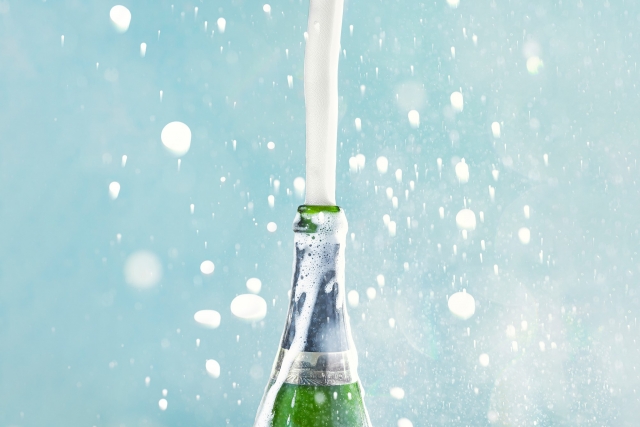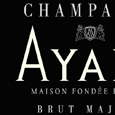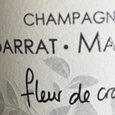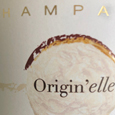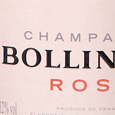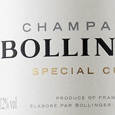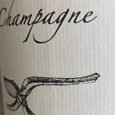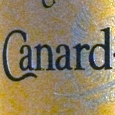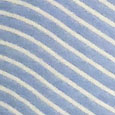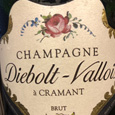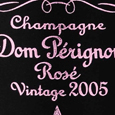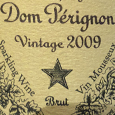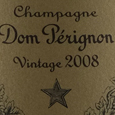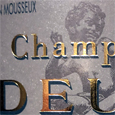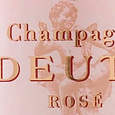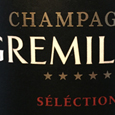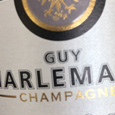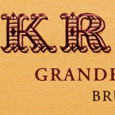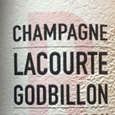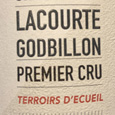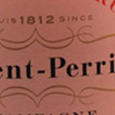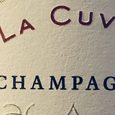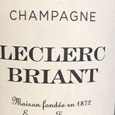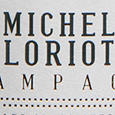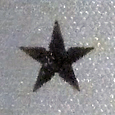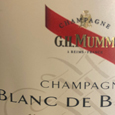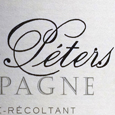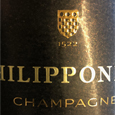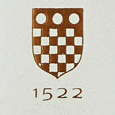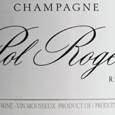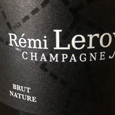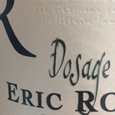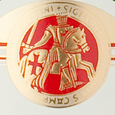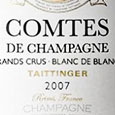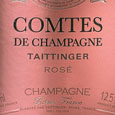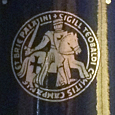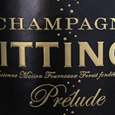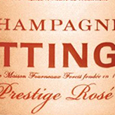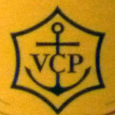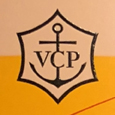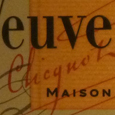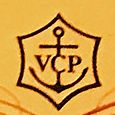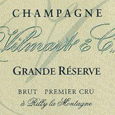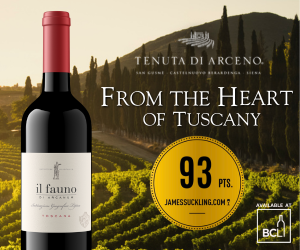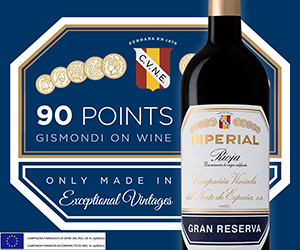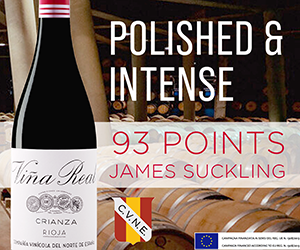When you’ve built your reputation, identity, brand, history, and legacy on producing cool climate wines, what do you do when your climate starts warming?
According to Philippe Wibrotte, public relations director for the Comité Interprofessionnel du Vin de Champagne (CIVC), you work smart, and in unity. From the largest houses to the smallest growers, the topic is top of mind.
Fringes feel things first, and greatest, be it the snapping cold frosts, the angriest of winds, or, in this case, the subtle rises in long term temperatures. Champagne has already gained 1-1.5 degrees Celsius over the past 20 years, and with current global forecasting at 2-5 Celsius increase before the end of the century, Champagne’s razor edge of acidity is melting. And that’s not to mention the extreme unpredictability of the weather throughout the growing cycle. In July 2019, Champagne reached a record high of 42.9 degrees Celsius, while earlier that spring, a frost blitzed swathes of vines.
Twenty years ago, they were harvesting Champagne mid-September. Today harvest is more likely late August. In 2019, harvest began in the first days of September.
Of course, there are other factors involved in the timing of harvest, the most powerful of which being humankind. Indeed, there’s a trend in Champagne, as elsewhere around the wine world, for less-ripe, lower sugar (in this case reflected in dosage), and lower alcohol wines. Remember, we’re talking about a region that in the not-too-distant past struggled to get grapes physiologically ripe before they freeze on the vine. Vintners today are concerned with grapes maturing too quickly before harvest, before the acidity, the key to every great champagne, achieves high enough levels. The CIVC reports that the total acidity of the region’s wines has dropped an average of 1.3 g/l over the past 30 years.
The CIVC has directed countless hours and many resources towards this challenge over the past few years. Today 34 weather stations are working across 34,000ha of the region, and 120 viticulturists are working with CIVC to monitor conditions. This same think squad is researching what variety, clone, and rootstock are best for each cru. They have planted 15ha of experimental vineyards, looking at training, spacing, pruning, and sustainable viticulture to protect against the vagaries of the season. Chardonnay, pinot noir, and pinot meunier are well established cool climate varieties, thriving in the fresh and bracing temperatures, but wilting, literally, with high heat. Quite rapidly, textbook teachings like “plant chardonnay in the Côte des Blancs, meunier in the Aube” no longer apply.
So how are growers, and vintners, reacting day-to-day? Rapidly. Most wines are receiving a lower dosage than before; with lower total acids, less sugar is required to balance, or hide, underripe wines. Of course, the current zero dosage trend is fitting in nicely with this move. Ironically, some growers are using higher levels of reserve wines in their current NVs, because in recent cool years (like 2011), acids were high. Hence those wines become useful as a refresher. We also see much less use of MLF in the base wines than in the past, again partly due to consumer preferences for fresher styles, but mostly due to not needing that buffering softening effect against the raging acidities.
The CIVC is leading many other things to make the region sustainable for a long-term future, looking towards having Champagne become 100% ecological by 2030. There is a Sustainable Viticulture Certification program in place to guide vignerons and growers towards this goal, with practices including reducing CO2 emissions, treating industrial waste, lowering glass bottle weight, eliminating herbicides (0% goal by 2025), and treating 100% off the wastewater. While currently just guidelines, it is intended that these practices will become law.
And what does all this mean in the bottle, for the wines below? If you’ve been following the larger house styles over some time, you’ll likely notice small tweaks, like lower dosage, within a recognizable house style. Be it consumer trends, or climate-directed, extra brut and brut zero styles are more frequent and more balanced than ever before. If you’re a major geek, like me, you’ll likely be seeing fewer searing acidities and overall a slight softening around the edges of some smaller producer/grower champagnes. Again, it’s here on the fringe, small scale front lines, that the changes are felt, and noticed first.
We tasted approximately 50 champagnes at GOW this year, all of which are published below.
Cover photo: Attilio Fiumarella for Gismondi on Wine. Instagram: @attiliofiumarella

 quicksearch
quicksearch

